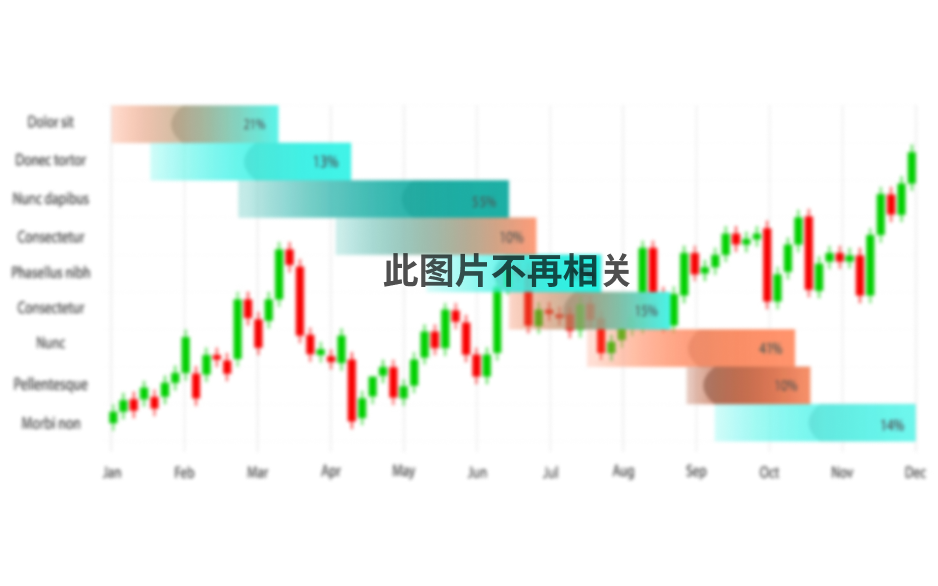From the point of view of complex analysis, we can see the development of quotes in the upper border of the flat pattern.
The past trading day brought the quotes very close to the upper border of the flat 1.2150 // 1.2350 // 1.2620, but slowed down and stopped within 60 pips. The movement gave a clear understanding of the mood of market participants, in which the flat pattern is still an important component of the market tact.
The local change in market sentiment, from which the quotes moved from accumulation within 1.2620, the border of the correction, confirms the theory of flat formation.
The change in market ticks, although has no proper confirmation, still goes within the given framework. The only thing that confuses market participants is the scale of the two-week upward movement, which violates the principle of fluctuations in the flat pattern, since in theory, the development of technical analysis cycles is a reference to the mode of vibration in the ranges where a frequency violation can be a signal of a more significant change. So, if we look at the situation in the range 1.2150 // 1.2350 // 1.2650, we will see that the two extreme fluctuations from the upper and lower borders of the flat are much more intense than the creation of the pattern, which suggests that the flat could theoretically be broken, casting doubt on the basic framework of the range.
Anyhow, in terms of volatility, a sequential slowdown since the beginning of the week is fixed at 183 ---> 97 ---> 69 points, where the activity completely coincides with the quotes in a particular section of the flat. That is, when the quotes passed the average level of the range 1.2150 // 1.2350 // 1.2650, the market accelerated by 183 points, so when a large part of the 1.2150 // 1.2350 // 1.2650 range was completed, a slight slowdown in activity occurred [97 points]. When the quotes came close to the border (1.2620), a major slowdown even arose [69 points].
As discussed in the previous review, traders opened long positions to stop the possible rebound from the level of 1.2620. Meanwhile, short positions were opened below 1.2560.
The trading idea on Wednesday was opening sell positions in case of a consolidation below 1.2560, in the direction of 1.2500.
Analyzing the daily chart, we can see that the speed of touching the borders of the two extreme measures, inside the flat, are almost equal.
The news published yesterday contained important reports for the EU, in which the business activity in the UK services sector recorded growth from 13.4 to 29.0 points, and composite PMI for May rose from 13.8 to 30.0 points.
Market reaction to the statistics was practically non-existent.
In the afternoon, ADP published a report on the US private sector, in which job losses lost to 2,760,000, lower than the forecasted 9.6 million.
The recorded decreases were due to the quarantine measures introduced in May, which greatly affected the US labor market, garnering huge and serious losses in all segments of the economy. Large enterprises with more than 500 employees accounted for more than half of the job losses (1,600,000), while almost 2,000,000 accounted for the affected services sector. In the production of goods, manufacturing lost the most jobs.
Anyhow, the previous ADP employment change report was revised for the better, from 20,236,000 to 19,557,000.
The volume of factory orders in the US also decreased by 13%, slightly better than the forecasted 16%. Thus, the business activity in the US services sector, contrary to other countries, grew from 26.7 to 37.5 points.
However, market reaction to such statistics was also non-existent, probably because the US economy is still weak, and the ongoing riots and mass protests on the streets of the US put pressure on investors.
In the EU, the Bank of England is preparing for a hard Brexit scenario, so during a conversation with large British banks, BOE Governor Andrew Bailey called on the country creditors to prepare in case the UK and the EU do not conclude a Brexit deal at the end of this year.
"As we said earlier, the possibility that negotiations between the UK and the EU on future trade relations may not end with a deal. This is one of the results for which British banks should prepare in the coming months," Bailey said.
The weekly report on the US labor market will come out today, which has a forecast of 1,800,000 new and 20,050,000 repeated applications for unemployment benefits. Although the figures are in some ways improving, the actual scale of the disaster in the US labor market is still not visible.
Meanwhile, the most important event on Thursday is the ECB meeting, which, based on rumors, may expand the asset purchase program, which will weaken both the euro and the pound.
Further development
Analyzing the current trading chart, we can see that the rebound from 1.2620, which is the upper border of the flat, led the quotes to reach the predicted value of 1.2500. Although the correction is very significant for the weekly period, it is still not enough to balance market interest. Thus, further movement within the flat may still occur.
If the quotes consolidate below 1.2475, the downward cycle will resume, which will direct the quote to the level of 1.2350. On the other hand, holding bullish interest at the top of the flat pattern will lead to an amplitude in the range of 1.2500 / 1.2620.
Based on the above information, we present these trading recommendations:
- Open buy positions higher than 1.2550, towards 1.2610.
- Open sell positions lower than 1.2470, in the direction of 1.2400-1.2350.
Indicator analysis
Analyzing the different sectors of time frames (TF), we can see that the indicators of hourly periods changed signal from buy to neutral, reflecting the rebound from the upper border of the flat. Daily periods, on the other hand, still hold a buy signal, since the quote is still at the upper part of the range.
Volatility per week / Measurement of volatility: Month; Quarter Year
The measurement of volatility reflects the average daily fluctuation, calculated for the Month / Quarter / Year.
(June 4 was built, taking into account the time of publication of the article)
The volatility of the current time is 79 points, which is 39% lower than the average daily indicator. Continuing the downward move may further increase activity.
Key levels
Resistance zones: 1.2350 **; 1.2500; 1.2620; 1.2725 *; 1.2770 **; 1.2885 *; 1.3000; 1.3170 **; 1.3300 **; 1.3600; 1.3850; 1.4000 ***; 1.4350 **.
Support Areas: 1.2250; 1.2150 **; 1.2000 *** (1.1957); 1.1850; 1.1660; 1.1450 (1.1411); 1.1300; 1,1000; 1,0800; 1,0500; 1,0000.
* Periodic level
** Range Level
*** Psychological level
**** The article is built based on the principle of conducting a transaction, with daily adjustments













